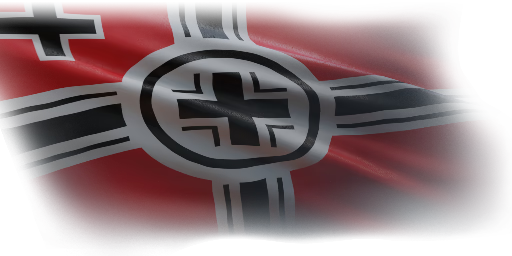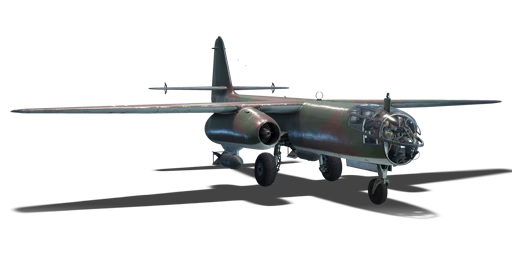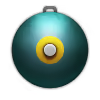



The Ar 234 B-2 is a German jet bomber. It has been in the game since the start of the Open Beta Test prior to Update 1.27.
The Arado Ar 234 was the world's first ever jet bomber and the second jet-powered aircraft to go into service with the Luftwaffe. The Arado showed great potential but was produced too late in the war and in too little number to have any major effect on the outcome of WWII. Despite its great speed and high-altitude performance, the Ar 234 was not invulnerable and some fell prey to the guns of slower Allied fighters. One major problem for the Ar 234 was its poor backwards visibility, as well as its lack of manoeuvrability at low speeds. The Ar 234 B-2 had a maximum bomb load of 1,500 kg (3,300 lb). Usually it carried it as three 500 kg (1,100 lb) SC500K bombs, one under the fuselage and each of the engine nacelles. Alternatively, it could also carry a single 1000 kg (2,205 lb) SC1000 or SD 1,000 'Hermann' in place of the smaller bombs. Inside the cockpit, the standard equipment included a Patin PDS autopilot and a complicated Lofte 7k tachymetric bombsight. Other modifications of this bombsight can also be found on the Junkers Ju 88 (Lofte 7, 7C, 7D and 7H), Heinkel He 111 H-5 (Lofte 7A) and He 177 (Lofte 7B and 7C), Focke-Wulf Fw 200 (Lofte 7D and 7H) and the Messerschmitt Me 262 A-2a/U2 (7H, 7K and 7K-2). Both pieces of equipment could be used simultaneously.
flaps
flaps
flaps
brake
| Name | Weight | Slot | ||||||
|---|---|---|---|---|---|---|---|---|
| 250 kg |  |  |  | |||||
| 500 kg |  |  |  | |||||
| 1,000 kg |  | |||||||












Flight performance | |
|---|---|
Weaponry |
|---|